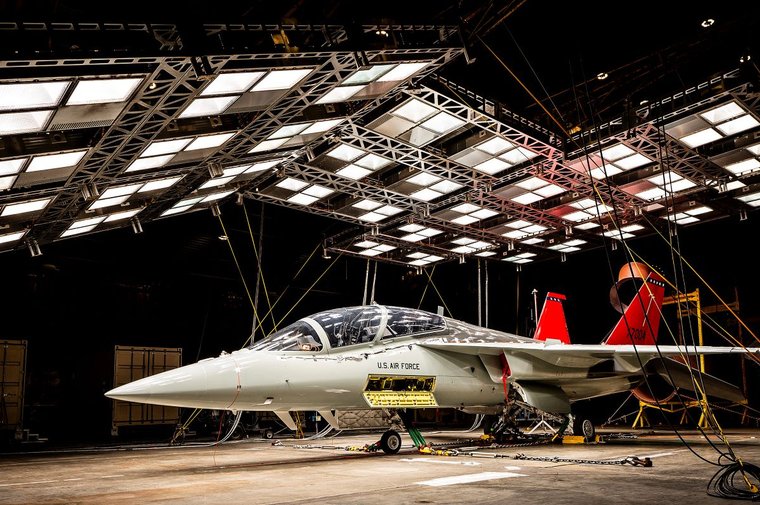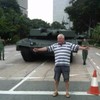US Air Force conducts climate testing with the T-7A Red Hawk
Details
More Products & Services
Products & Services
Defence Insight
Shephard Media
Some of the things people like you use Defence Insight for:
- Total addressable market sizing ($)
- Competitor analysis
- Cost analysis
- Market forecasting
- Growth identification
- Increasing closing ratio
- Increasing closing order value
- Estimating product potential
- Calculating sales forecasting
- Supply and demand analysis
- Total addressable market sizing ($)
- Competitor analysis
- Cost analysis
- Market forecasting
- Growth identification
- Increasing closing ratio
- Increasing closing order value
- Estimating product potential
- Calculating sales forecasting
- Supply and demand analysis
Military Unmanned Systems Handbook
Shephard Media
The Military Unmanned Systems Handbook (Digital Download) is an international guide to the military UV industry and provides detailed information on air, ground and sea (surface & sub-sea) vehicles as well as subsystems. What's included: Unencrypted 390+ page PDF of equipment and supplier information Market summary
Shephard Plus Update
Shephard Media
Shephard Plus is updating in June 2018 with rich new capabilities, and is now one of the most cost-effective and valuable aerospace and defence market intell...
Description
The US Air Force's (USAF) 96th Test Wing's McKinley Climatic Lab recently announced the conclusion of the second round of extreme weather testing with the Boeing T-7A Red Hawk trainer aircraft.
The platform's sustainability, system operations and engine were evaluated in a 55,000 ft² (5,110 m²) chamber which replicated challenging environmental scenarios.
It included temperatures ranging from 44°C to -25.5°C (110°F to -14°F) and over 305 km/h (190 mph) wind streams. The chamber also simulated icing and low visibility for flight and landing conditions.
Mike Keltos, Director of Test & Evaluation for the Air Force Life Cycle Management Centre's
The platform's sustainability, system operations and engine were evaluated in a 55,000 ft² (5,110 m²) chamber which replicated challenging environmental scenarios.
It included temperatures ranging from 44°C to -25.5°C (110°F to -14°F) and over 305 km/h (190 mph) wind streams. The chamber also simulated icing and low visibility for flight and landing conditions.
Mike Keltos, Director of Test & Evaluation for the Air Force Life Cycle Management Centre's

Share
Recent Chats
Share via email
Future: handle WhatsApp here
Future: handle LinkedIn here
Future: handle Twitter here
SUBMENU HERE
Share via Chat
Copy Link



